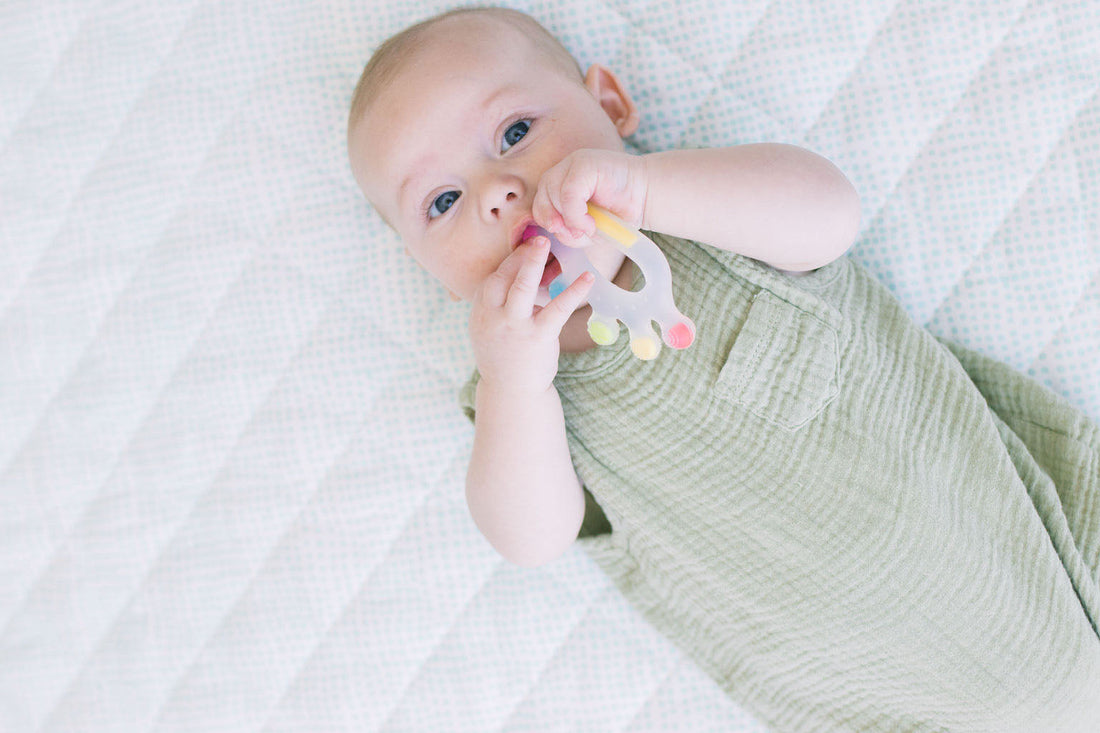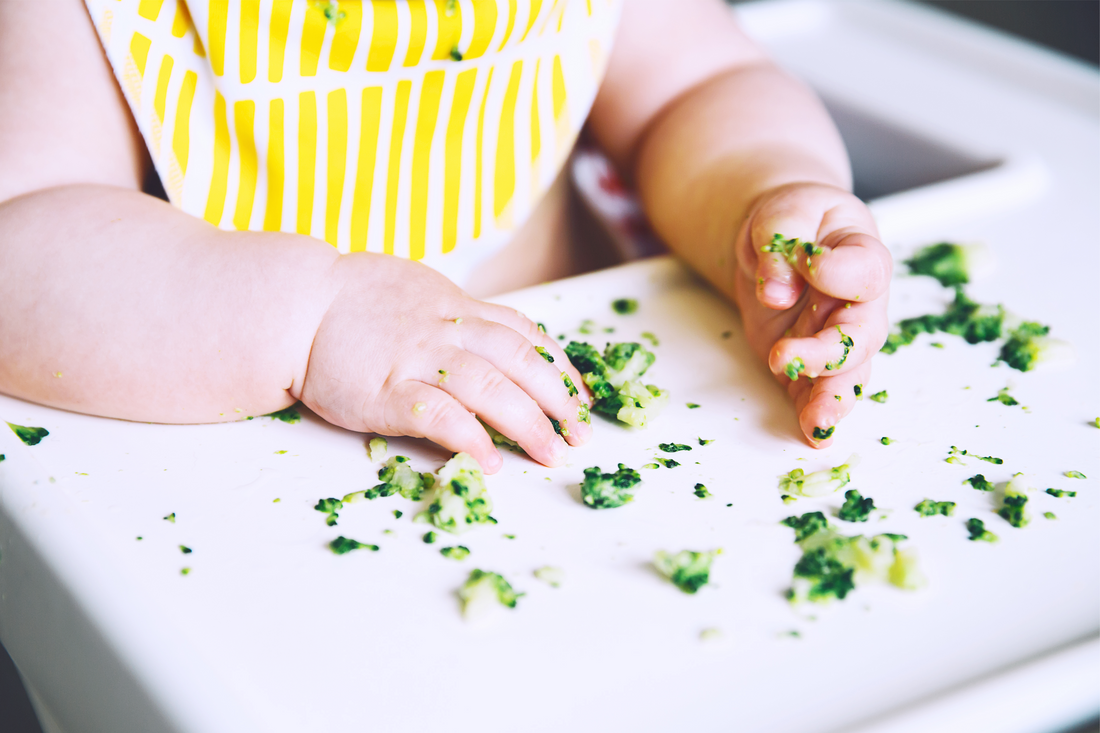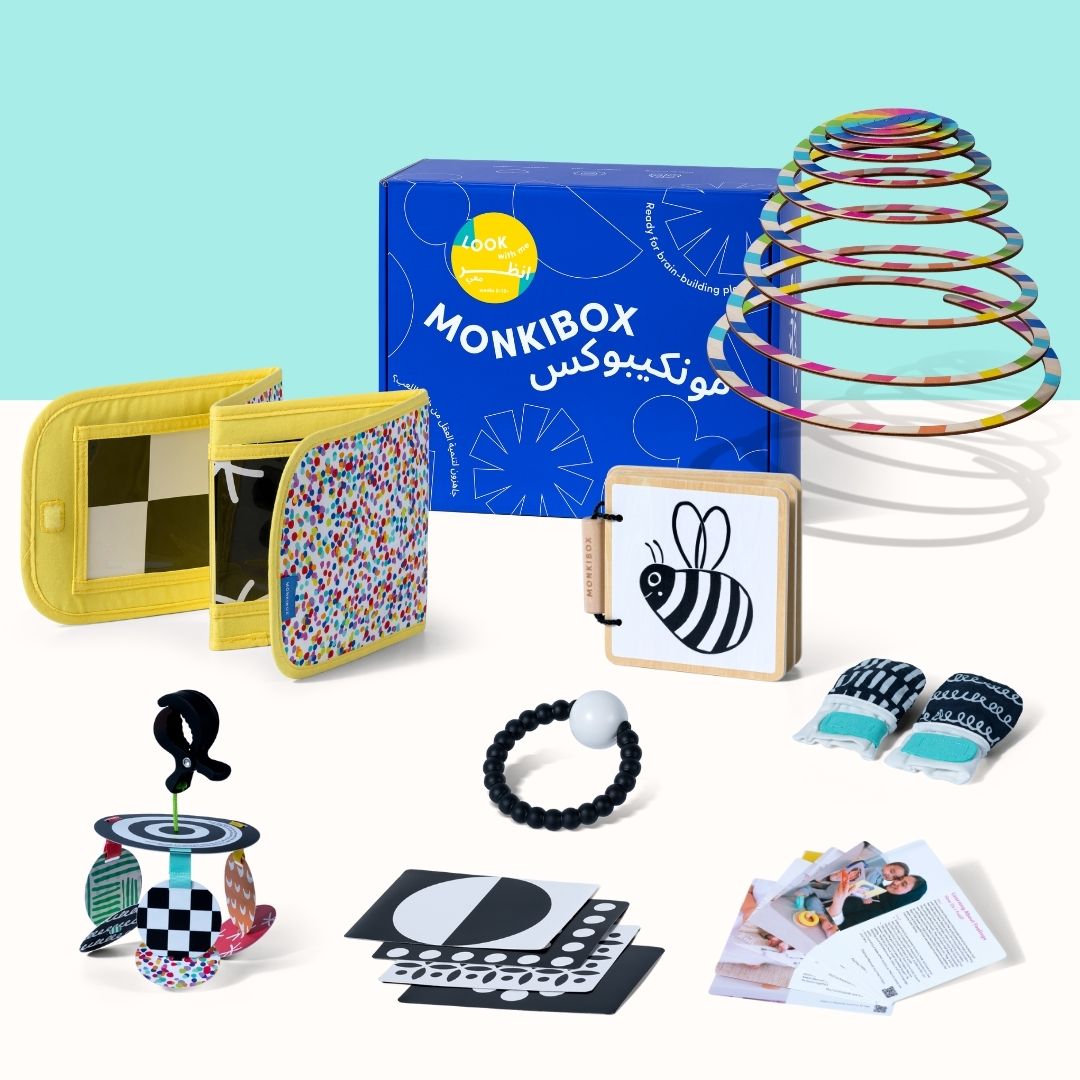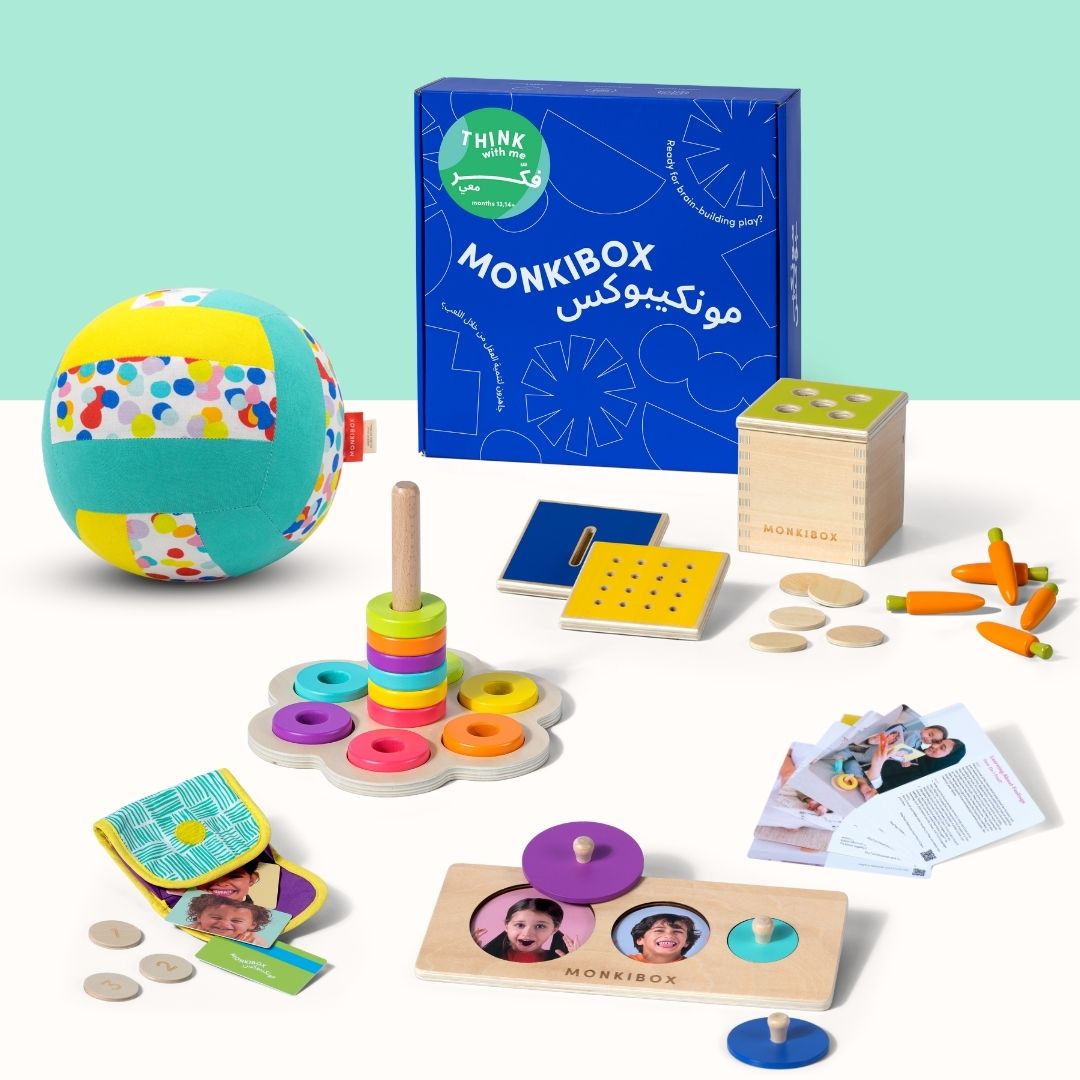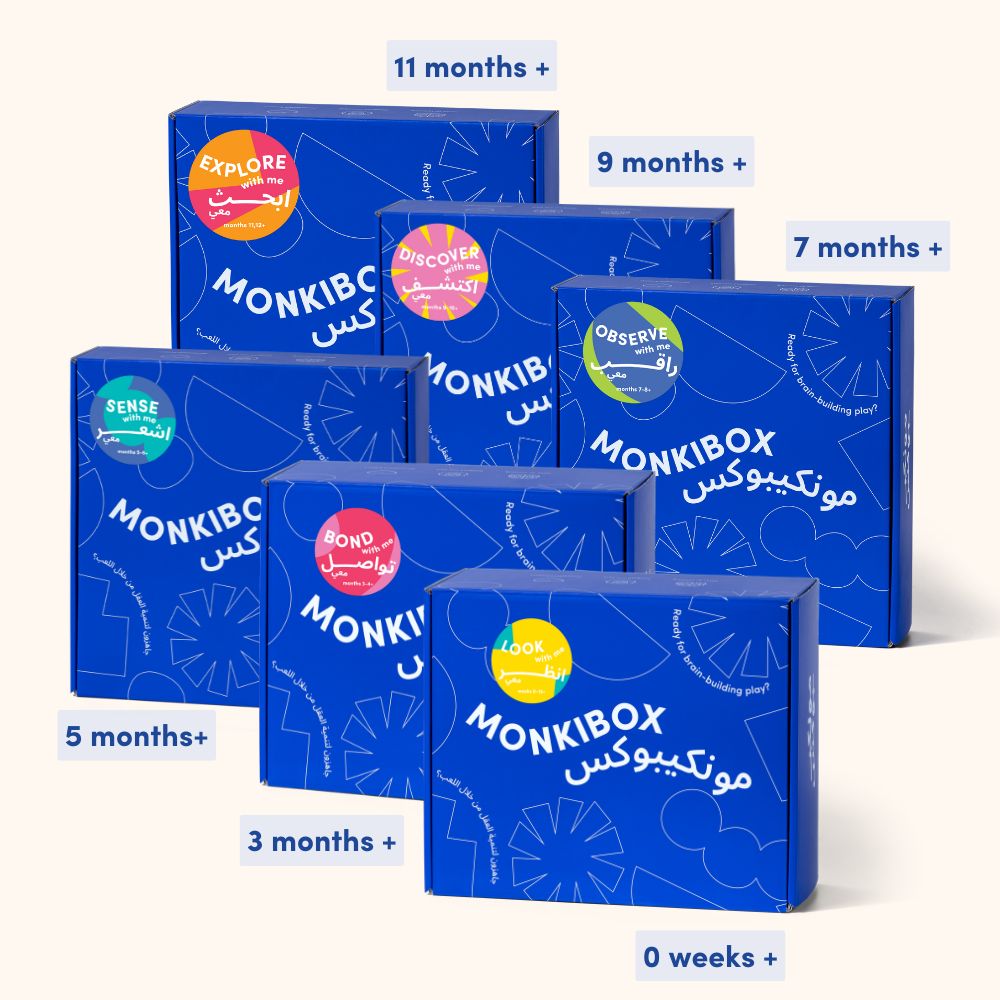Parenting with Me
Why Hand-to-Hand Transfer Is an Underrated but Important Milestone
By around 20 weeks, your baby may be showing off some big moves like rolling over and even sitting up. But there’s another quiet milestone that deserves just as much celebration: hand-to-hand transfer. Around the 5-month mark, your baby starts to realize their hands are not just for waving in the air—they’re tools for action! One of the most telling signs is when they start passing a toy from one hand to the other. This simple act is a huge leap in motor development. Why Do Babies Start Transferring Objects Between Their Hands? This skill signals that your baby is developing coordination across the body’s midline. Crossing the midline is essential for tasks like self feeding, dressing, and later, writing. Transferring objects helps both sides of the brain and body work together—a foundational step in physical and cognitive development. Early Signs of Hand-to-Hand Transfer in Infants: - Bringing both hands together at the center of the body- Reaching for toys using both hands - Bringing objects to the mouth to explore them These movements typically emerge between 4 and 6 months as your baby’s hand-eye coordination and bilateral motor control improve. When Do Babies Begin Transferring Objects Between Hands? Most babies start experimenting with this skill around 5 months and refine it by 7 months. Girls often reach this milestone slightly earlier than boys, according to a 2018 Yale study. So, don’t worry if your baby is taking their time—every child progresses at their own pace. How This Milestone Supports Motor Development: - Encourages coordination between both sides of the body - Boosts spatial awareness and hand-eye coordination - Builds the foundation for everyday actions like using utensils or getting dressed - Promotes planning and purposeful movement Helpful Tools: Try Montessori-inspired toys like interlocking discs. Their shape and motion encourage wrist rotation and midline crossing. Plus, they double as teethers, making playtime both fun and functional. Hand-to-hand transfer may look small, but it plays a big role in preparing your baby for life’s next stages. Start the development journey with MonkiBox. Our Montessori-inspired toys are designed to give your child the best start.
Don’t let leaving the house become an Olympic event
Getting out of the house on time with a baby is harder than you think. Read the top tips parents shared to leave the house with a baby in tow.
How to Prepare Sensory Bottles and How they Help your Baby
Our brains make the most connections when we use all our senses to learn something new. Learn how sensory bottles can help your baby develop new skills.
Mouthing Everything Is Actually Important for Speech Development
Mouthing is important for speech development. Learn how you can safely support it.
3 Fun Ways to Play to Help Your Baby Sit Up
Independent sitting is a prerequisite for introducing solids. Here are 3 things you can do to help your baby sit.
Kicking Play Ideas to Help Your Baby Roll
Kicking play builds all the muscles needed to roll. Discover our favorite super fun and easy ways to help your baby kick.
How to Choose Your Baby’s First Foods
Starting on the solid food journey can be overwhelming. Here are a few tips to keep in mind.
6 Easy Ways to Help Develop Your Baby's Vision
Eyesight may develop naturally, but here are 6 ways to stimulate your baby’s vision development.
How to Help Your Baby Learn to Roll Over
It’s time to rock & roll! Here’s our top 5 ways to help your baby roll.




